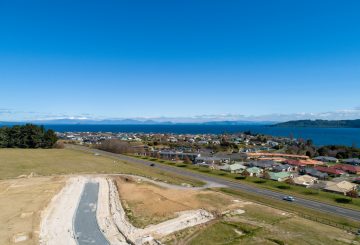ニュージーランドのウェスタン・ベイ・オブ・プレンティの首脳は、議会への追加資金提供を歓迎する一方で、現在の圧力を和らげるには十分ではないと表明した。ニュージーランドの地方自治体は、税率に対して支払われた物品税を議会に還元するよう政府に要請している。これにより、全国でさらに11億ドルの資金が提供されることになる。
タウランガ市議会は3,100万ドルを受け取る予定で、これは営業利益3億800万ドルの10%に相当します。この収入のうち、2億600万ドルは金利によるものです。ウェスタン・ベイ・オブ・プレンティ地区議会は、9,900万ドルの営業利益の11.6%にあたる1,150万ドルを受け取ることになり、そのうち7,700万ドルは金利収入によるものです。これらの数値は、経済コンサルティング会社のインフォメトリックスが2022年のデータを使用して計算したものです。
タウランガの委員会委員長、アン・トーリー氏は、どんな追加資金も有益ではあるが、特に急成長中の議会では、納税者のコスト上昇という根本的な問題を解決することはできないだろうと指摘した。タウランガ市議会は現在、必要不可欠なインフラの資金調達方法に苦慮している。この問題は、市の急成長によってさらに悪化している。
ウェスタン・ベイ・オブ・プレンティ市長のジェームズ・デニア氏も、市議会の代替資金源への支持を表明した。一方、ニュージーランド地方政府のサム・ブロートン会長は、現在の地方政府の資金調達システムは、金利に大きく依存しており、持続不可能だと指摘した。
この議論は、ニュージーランド全土の議会が金利を設定している最中であり、平均利上げ額は平均 15% と推定されている。タウランガの2024年の住宅価格上昇率の中央値は 7% だが、住宅価格を約 3% 引き下げた新しい産業格付けカテゴリーによって相殺された。居住用不動産、商業用不動産、工業用不動産を含む同市の平均金利上昇率は 15.9% です。
ウェスタン・ベイ・オブ・プレンティ地区議会は、長期計画の採択を9月まで延期したため、まだ金利を設定していません。また、独立審査では、中央政府が国有不動産に料金を支払い、気候変動対策基金を設立し、政策決定案が議会に与える資金面での影響を検討することも提案された。






























































